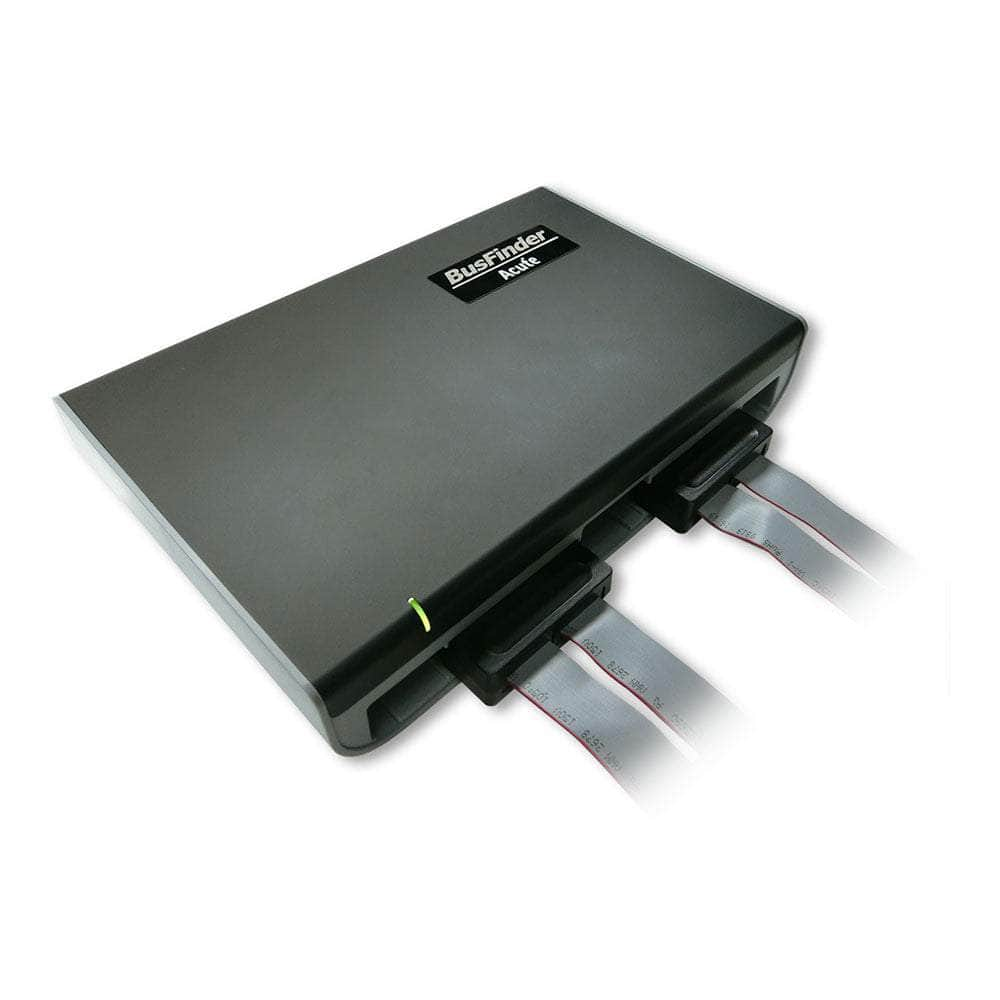
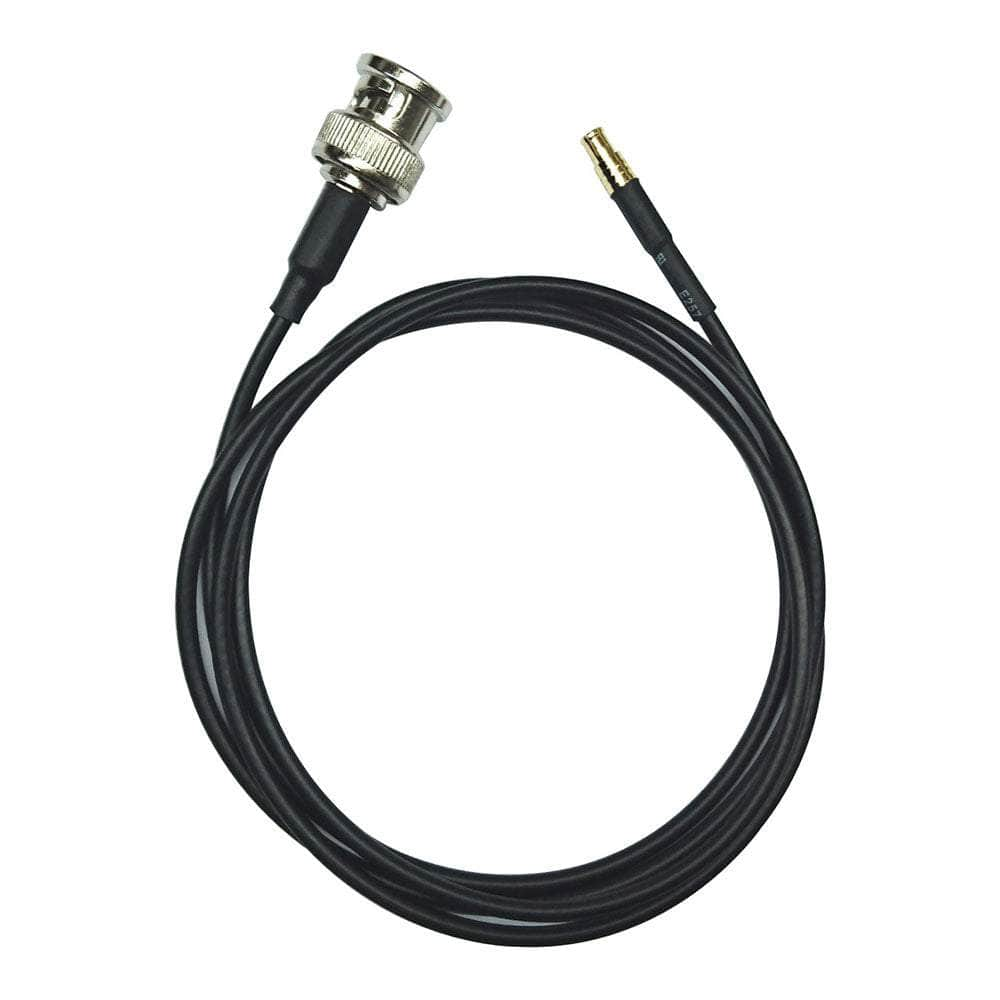
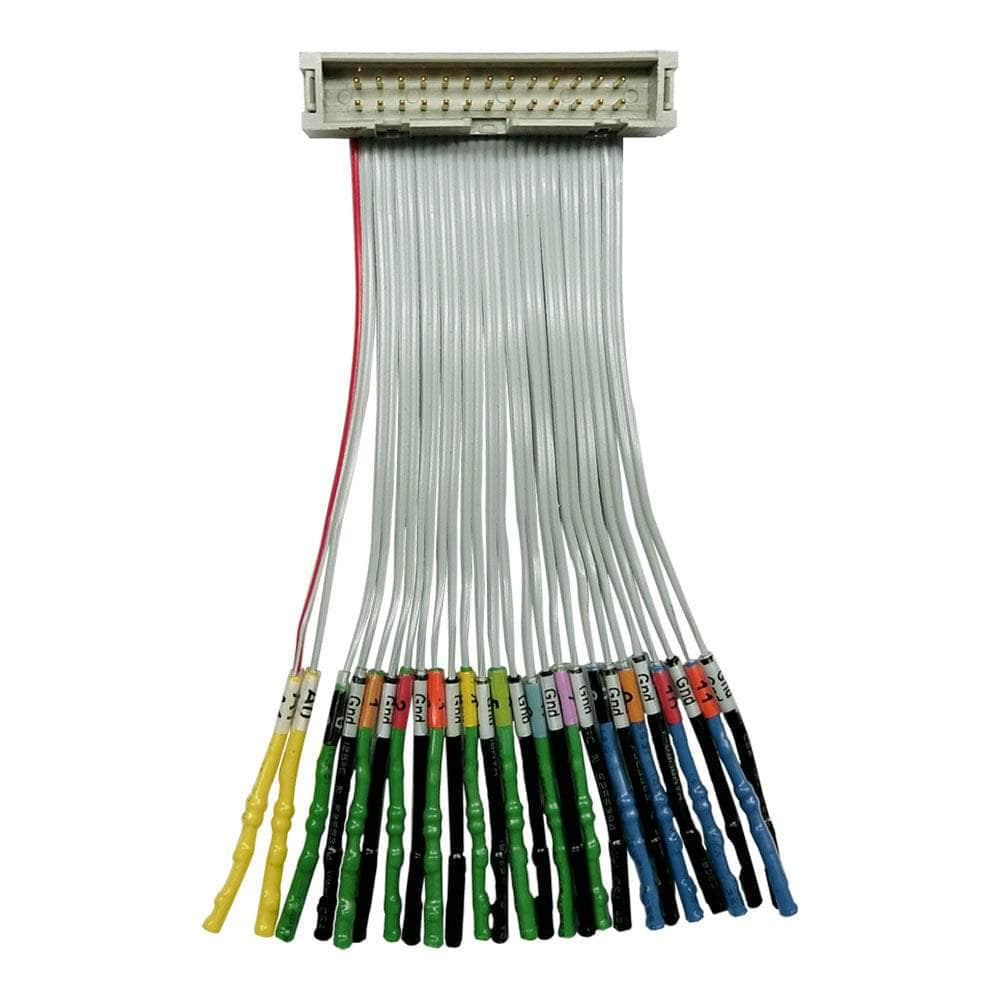
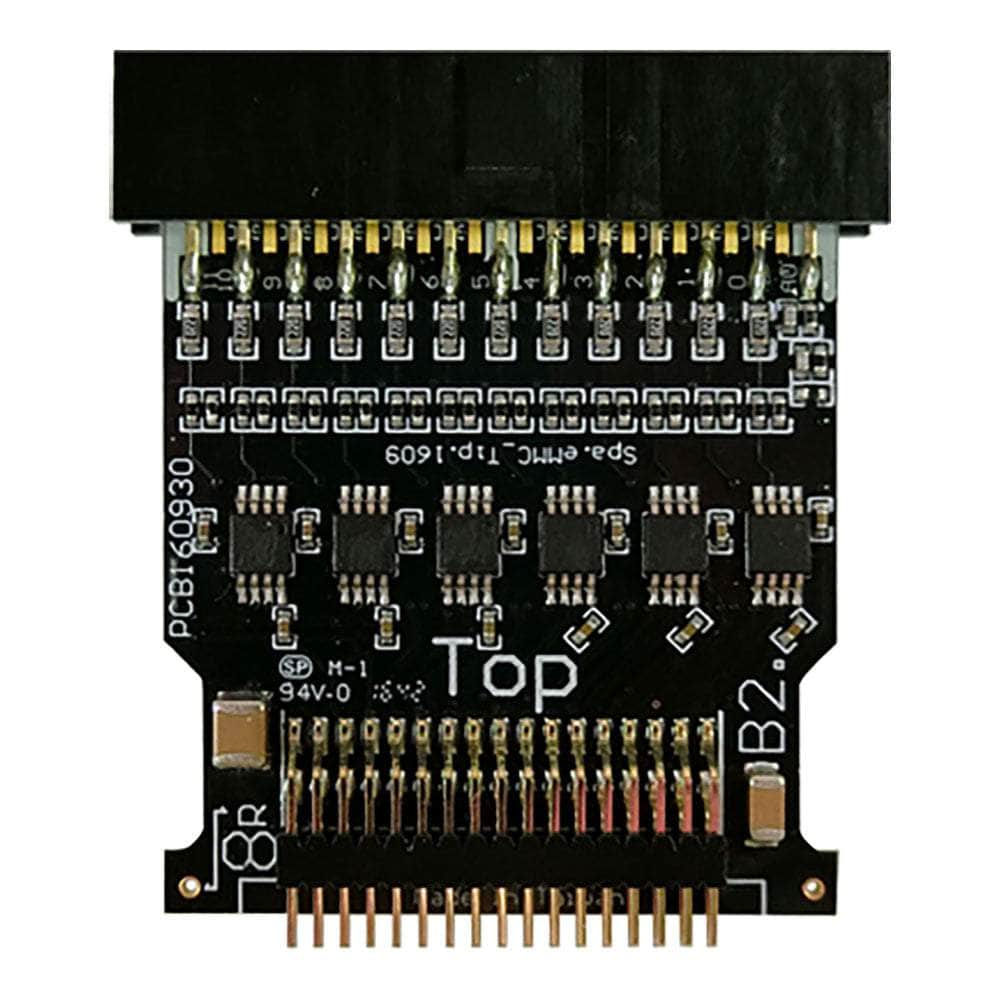
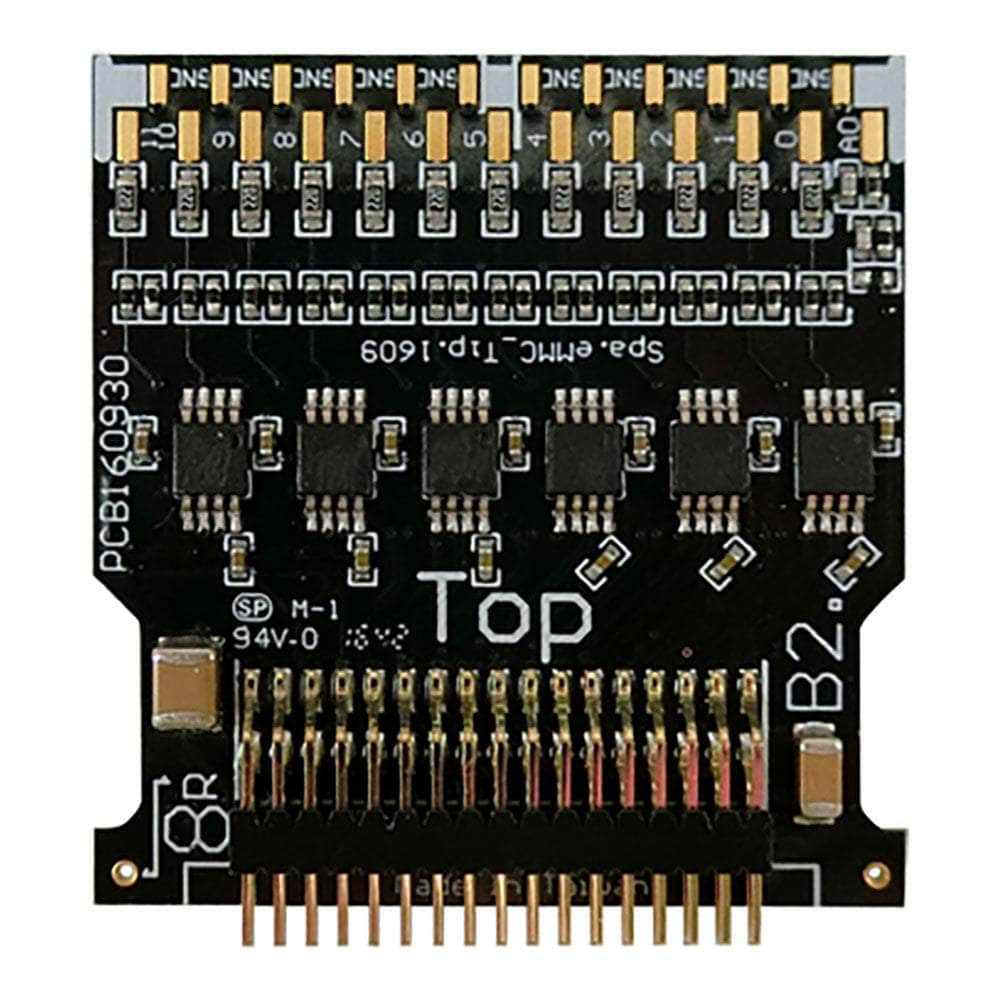
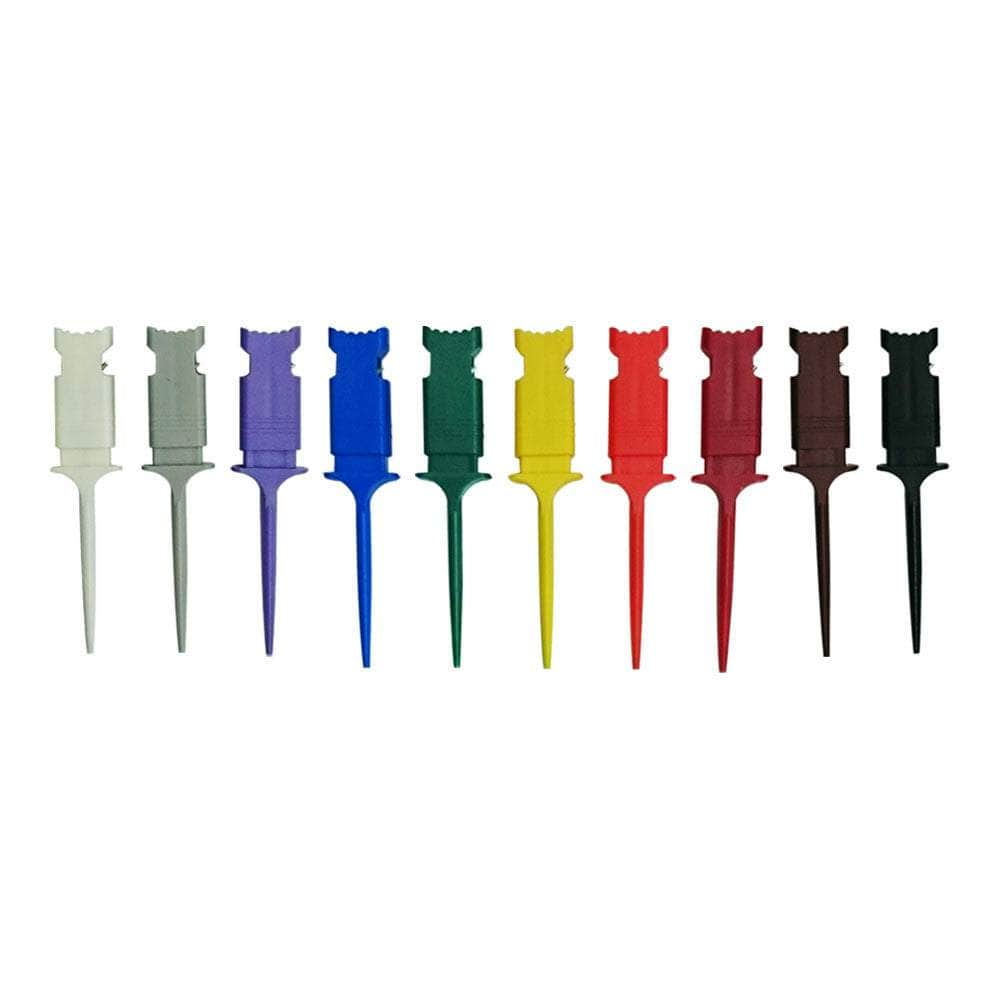
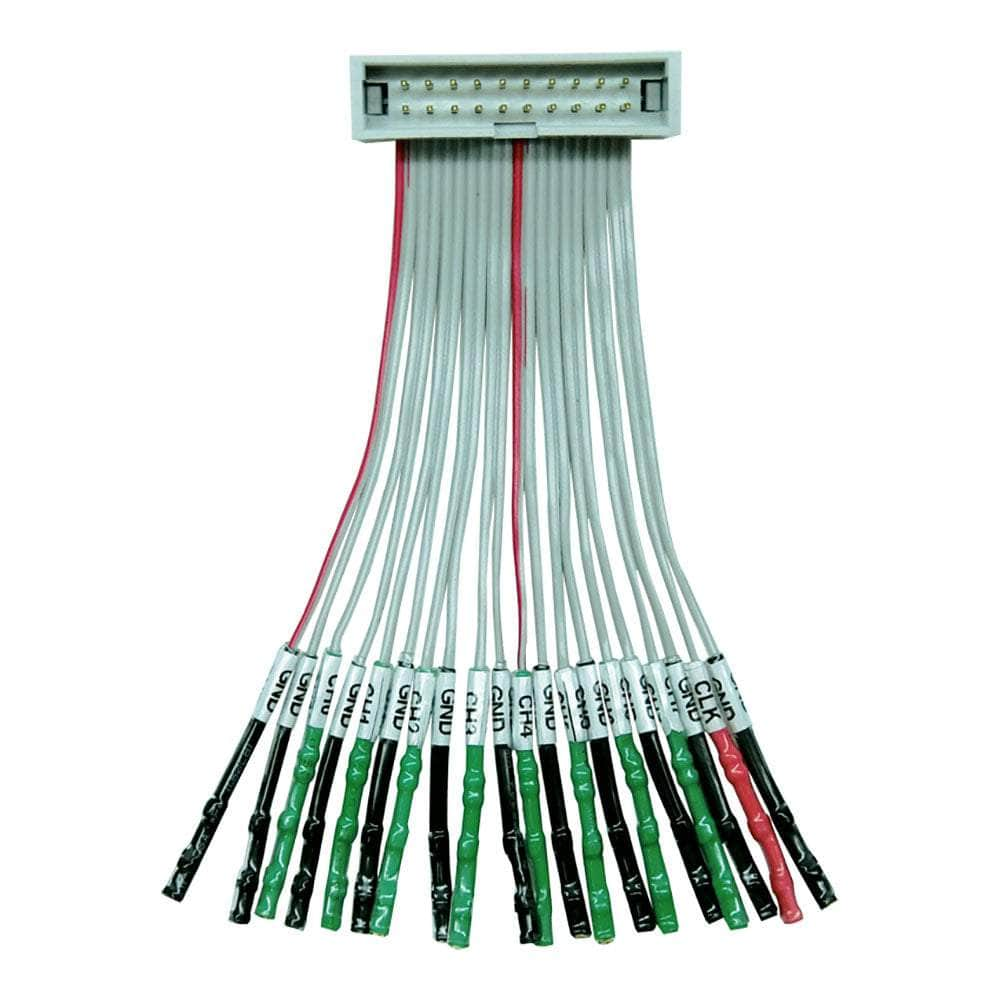
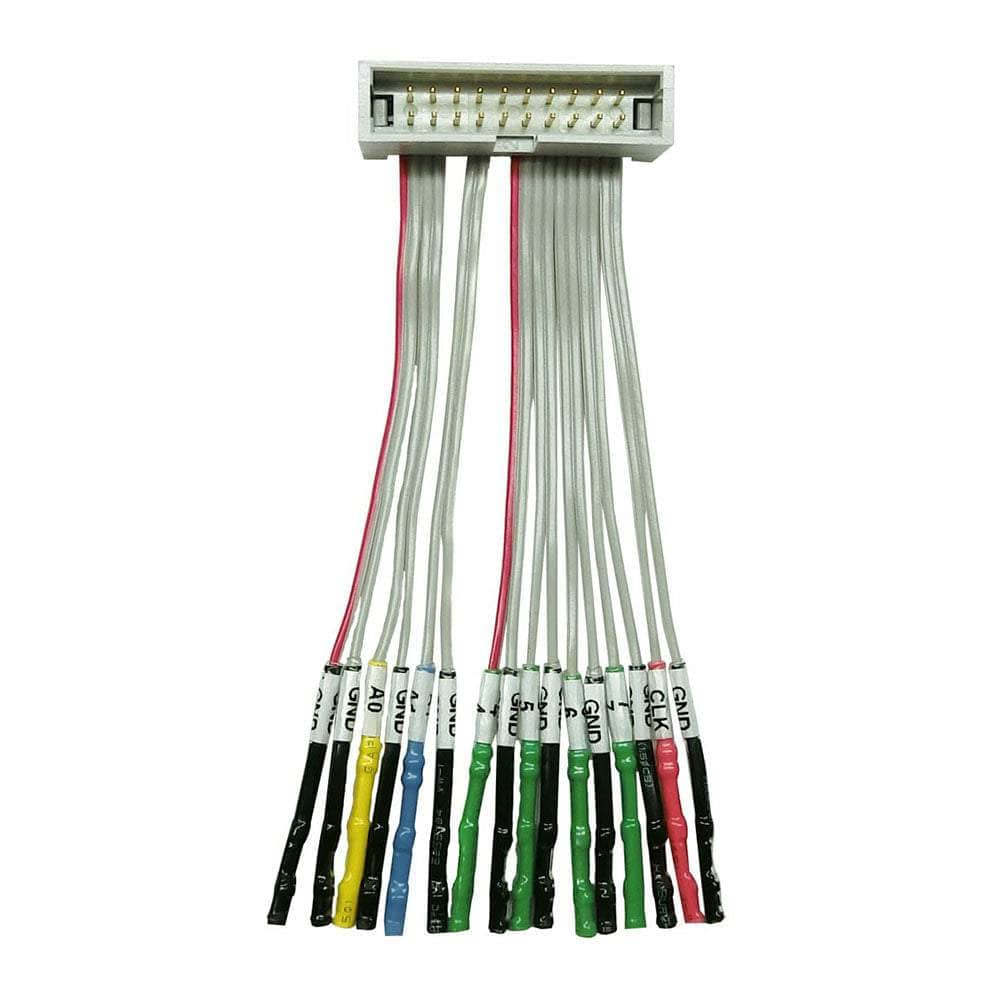
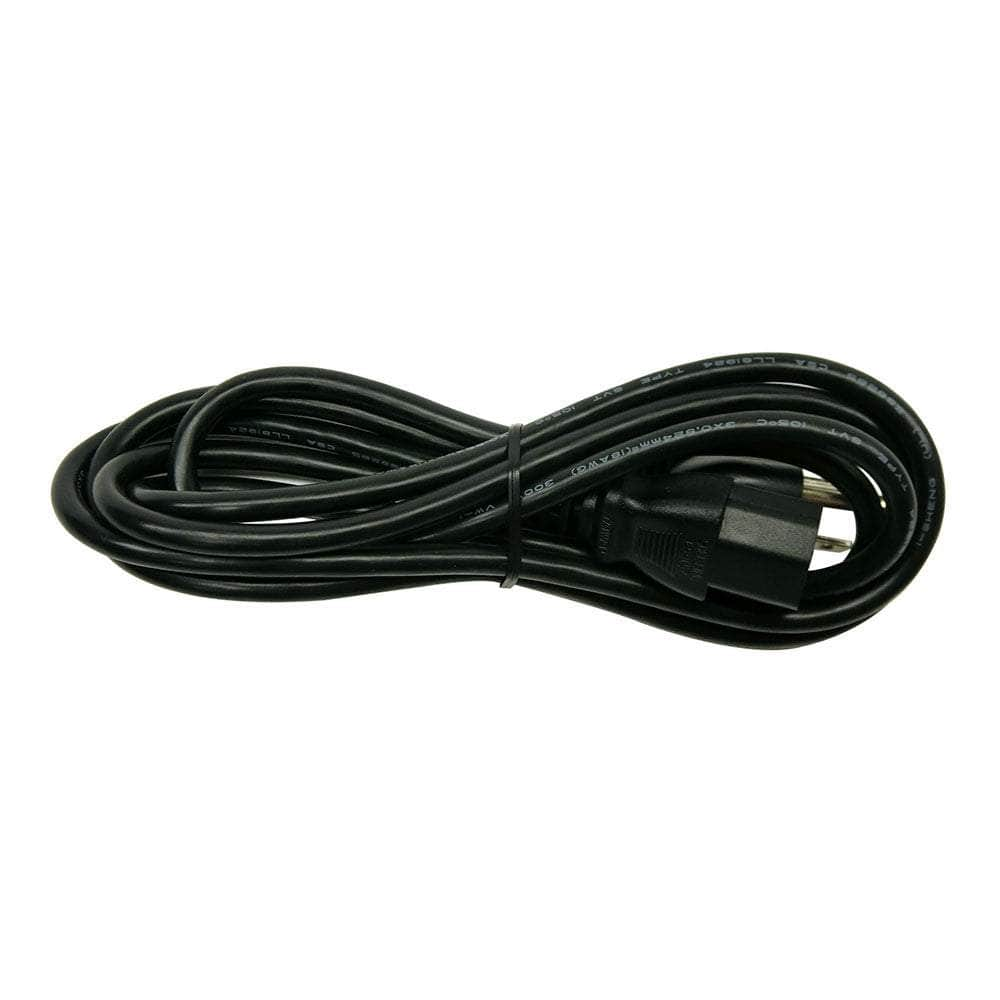
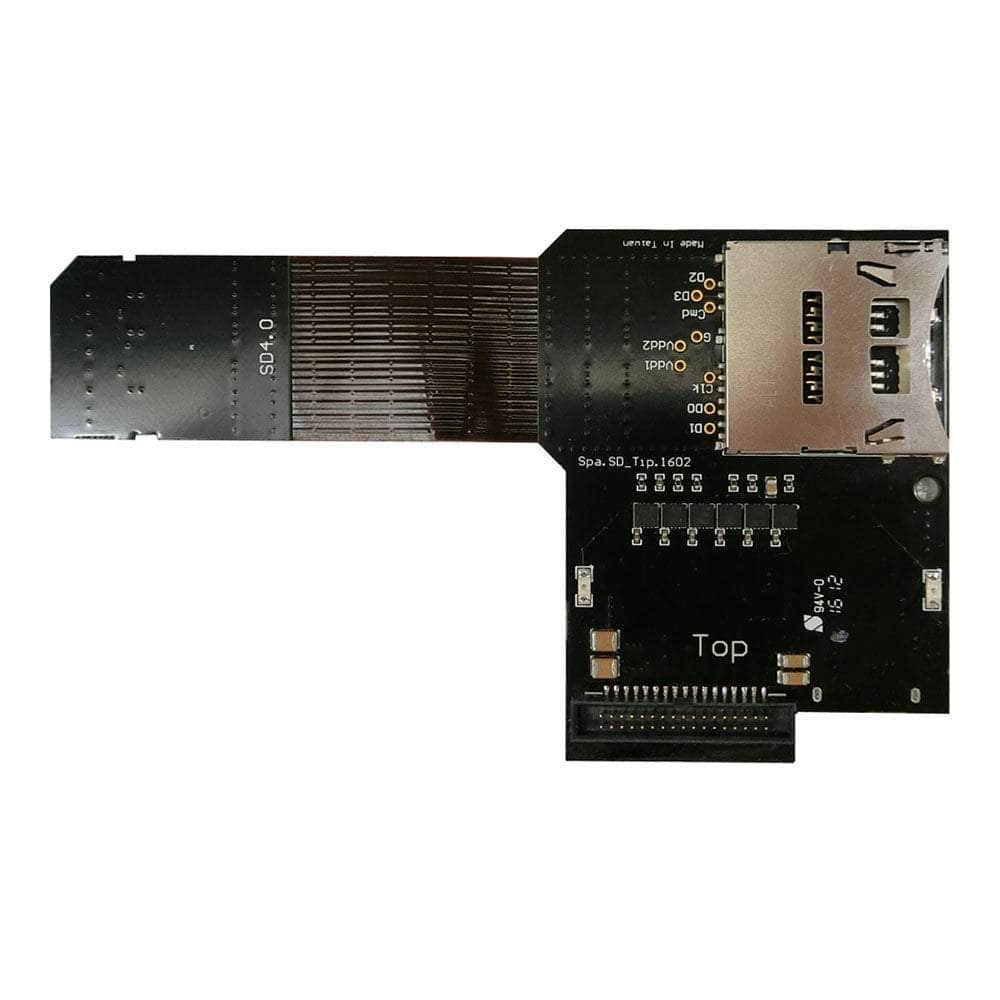
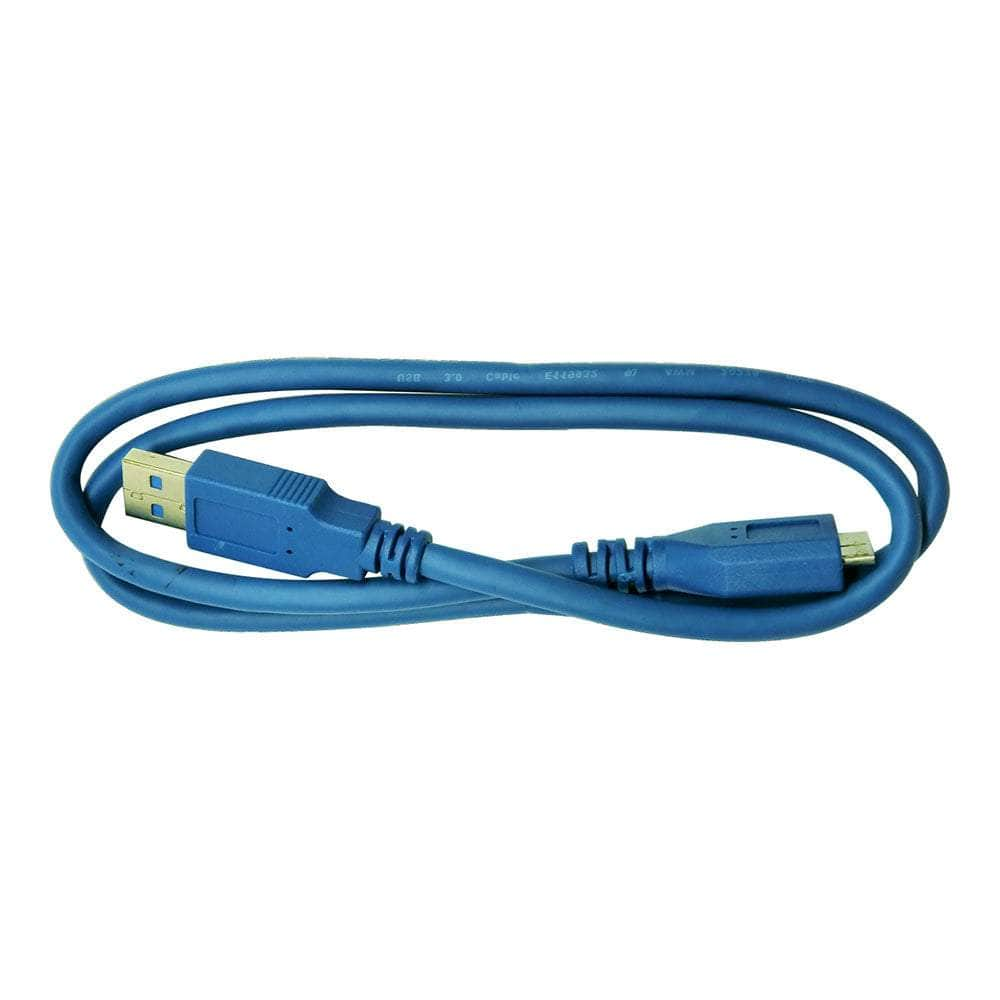
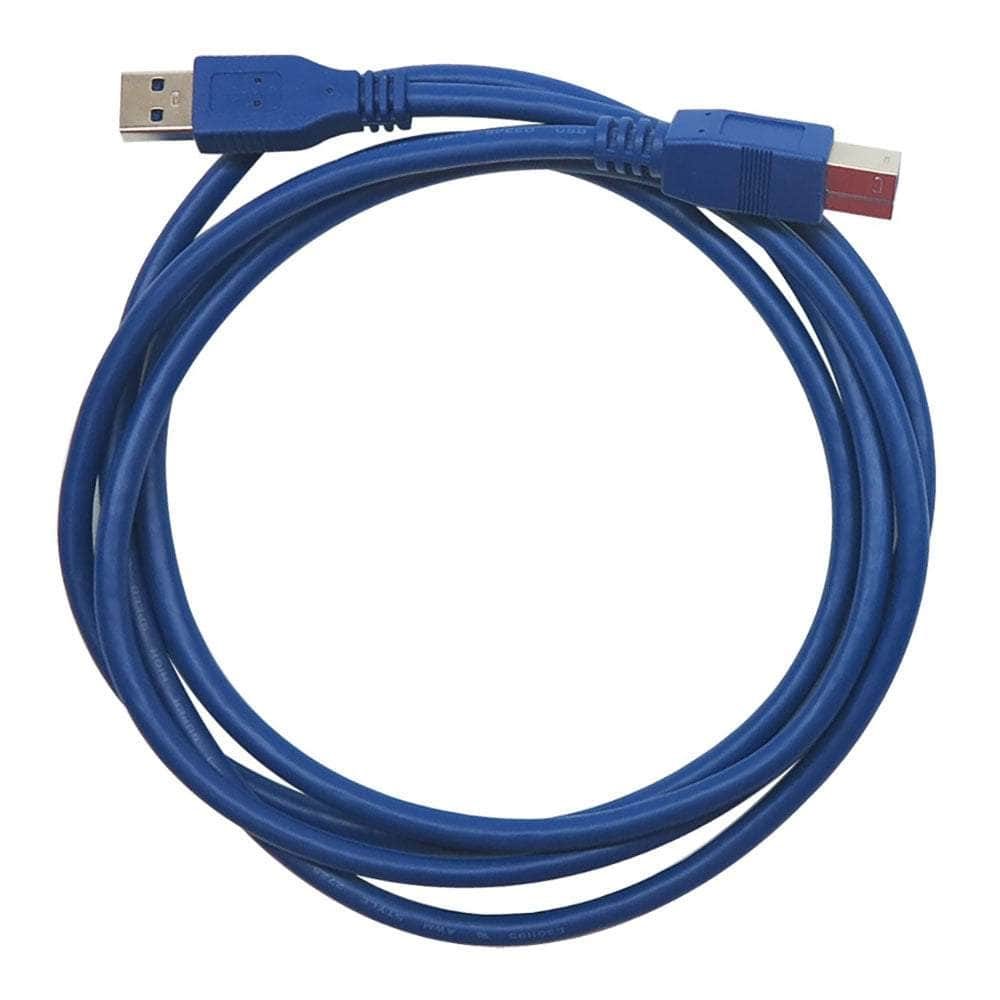
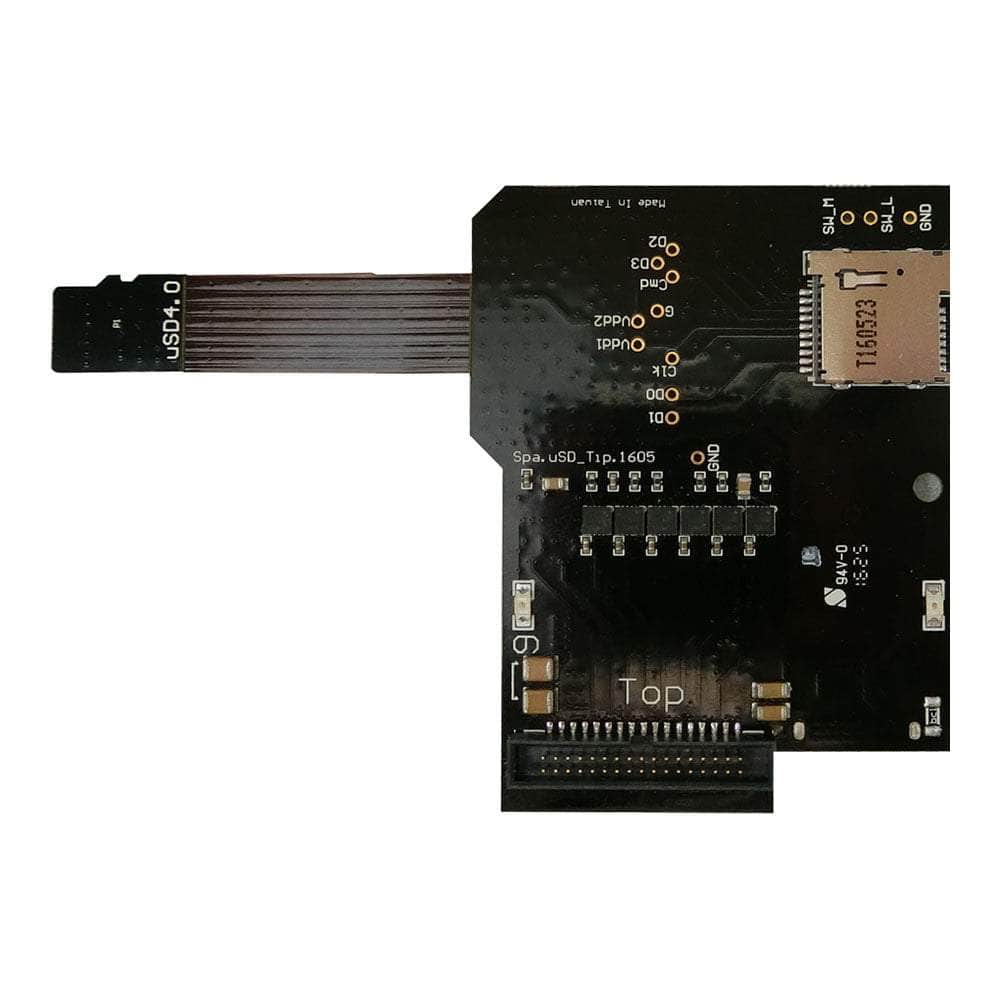
Key Features
Overview
The Acute BusFinder BF6264 Pro is a modular 2‑in‑1 instrument combining hardware protocol decoding with a 64‑channel logic analyser, enabling real‑time viewing, deep logging and long‑duration monitoring across storage and high‑speed interfaces.
A 32Gb protocol memory, transitional storage and SSD logging let engineers capture intermittent, system‑level issues that rarely reproduce during short bench sessions.
Protocol options cover eMMC 5.1, SD/SDIO 3.0, SD 4.1 UHS‑II, NAND (ONFI/Toggle), MIPI D‑PHY 1.2, UFS 2.1 and SGMII using dedicated active probes for signal‑integrity‑friendly connections.
Used as a logic analyser, BusFinder overlays bus decodes on waveforms and can be stacked with a DSO for MSO workflows in complex validation tasks.
For related configurations already supplied by The Debug Store, see the Acute BusFinder BF7264B listing: https://thedebugstore.com/products/acute-technology-busfinder-bf7264b-protocol-analyser-uk
Downloads
Why Engineers Choose The Acute BusFinder BF6264 Pro Protocol Analyser
Months‑long capture
One box, many buses
Correlated insights
Acute BusFinder BF6264 Pro — 2‑in‑1 Protocol and Logic Analyser
PC‑based analyser with USB 3.0, hardware protocol decode, long‑duration logging, and 64‑channel logic capture for storage and high‑speed serial buses.
What is it?
A modular base unit that becomes a protocol analyser for eMMC, SD/SDIO, NAND, MIPI D‑PHY, UFS and more using dedicated active probes; it also runs as a 64‑channel logic analyser with timing/state capture.
Where it fits
Ideal for bring‑up, validation and failure analysis on mobile, storage and embedded designs where protocol‑aware triggers, statistics and months‑long monitoring can reveal elusive events.
Core specifications
| Capability | Value | Notes |
|---|---|---|
| Logic channels | 64 | Bus decode overlays on captured waveforms. |
| Total protocol memory | 32Gb | Hardware decode with logging to PC SSD for extended capture. |
| Timing analysis | Up to 4 GHz | High‑resolution timing for digital signals. |
| State analysis | Up to 400 MHz | State‑clocked capture for bus timing relationships. |
| Interface | USB 3.0 | Fast data link to Windows host application. |
| Operating modes | Analyser, Logger, Monitor | Real‑time, SSD logging, and trigger‑only surveillance modes. |
| Storage method | Transitional storage | Avoids decompression delays for smooth workflow. |
Available options
- eMMC 5.1 Option — Captures HS200/HS400 with CMD Queue; maps CLK/CMD/DAT[7:0] and provides protocol‑aware triggers and statistics.
- SD 3.0 (SDIO 3.0) Option — Supports SDR104 and SDIO transactions; extender cards and flying leads ease non‑intrusive tapping.
- SD 4.1 (UHS‑II) Option — Monitors UHS‑II differential links up to 1.56 Gbps per lane with link‑level events and command logging.
- NAND Flash Option — Supports ONFI 4.1 (NV‑DDR3) Mode 8 and Toggle DDR up to ~267 MHz; views ALE/CLE/WE/RE/CE/RB sequences and ECC/BBM activity.
- MIPI D‑PHY 1.2 Option — Up to 2.0 Gbps per lane, 1+4 lanes; decodes CSI‑2/DSI packets, counts ECC/CRC, and can reconstruct images for inspection.
- UFS 2.1 (M‑PHY) Option — Monitors UFS traffic over M‑PHY; useful for storage subsystems in mobile/automotive designs.
- eDP1.5 Option (eDP 1.4a) — Observes embedded DisplayPort up to 5.4 Gbps per lane with up to 4 lanes for panel and scaler bring‑up.
- SGMII Option — Tracks 10/100/1000M serial GMII links for link training, status and error conditions.
- Logic Analyser (LA) Option — Enables 64‑channel timing/state capture with bus decodes for eMMC, NAND, SD, Serial Flash (SPI NAND/SPI).
- LVDS Option — Low‑voltage differential logic measurement for clean thresholding on high‑speed differential signals.
Note Option availability and exact lane/data rates depend on the active probe and software option purchased; confirm your configuration before ordering.
Wiring quick‑start
- Identify the target bus and select the matching active probe (e.g., eMMC, SD/SDIO, MIPI D‑PHY).
- Keep tap lengths short; for high‑speed links use controlled‑impedance accessories and minimal stub length.
- Connect trigger‑out to a DSO if correlating analogue events; stacking supports MSO workflows.
- In the PC app, select the protocol, enable hardware filters to extend capture depth, and arm with a protocol‑aware trigger.
Typical eMMC 5.1 pinout mapping
| eMMC Signal | Probe Channel | Notes |
|---|---|---|
| CLK | CLK+ | Use short, low‑inductance routing; follow probe guidance. |
| CMD | CMD | Bi‑directional; ensure proper termination/level alignment. |
| DAT0–DAT7 | DATA[0..7] | HS200/HS400 data lanes; maintain skew/channel length matching. |
| VCC/VCCQ | Sense | Voltage detect inputs help correlate supply droop to errors. |
Ready‑to‑run log parsing (CSV)
# Parse BusFinder CSV to find failed CRCs import csv with open('busfinder_log.csv') as f: for r in csv.DictReader(f): if r.get('Status') == 'CRC_ERROR': print(r)Compared to alternatives
- Prodigy PGY‑SSM focuses on SD/SDIO/eMMC with host streaming; BusFinder adds multi‑protocol options and integrated 64‑channel logic capture.
- Oscilloscope‑based D‑PHY decode aids physical‑layer and compliance; BusFinder emphasises long‑form protocol logging with hardware decode and statistics.
| General Information | |
|---|---|
Part Number (SKU) |
BF7264Pro-Base
|
Manufacturer |
|
| Physical and Mechanical | |
Weight |
5.0 kg
|
| Other | |
Warranty |
|
HS Code Customs Tariff code
|
|
EAN |
5055383616671
|
Frequently Asked Questions
Have a Question?
-
Is UFS supported?
Yes, as a UFS 2.1 option; confirm option compatibility for your configuration.
-
What’s the difference between analyser, logger and monitor modes?
Analyser shows real‑time protocol, Logger streams to SSD for massive captures, and Monitor records rare, trigger‑only events from device memory.
-
Can it export decoded data for analysis?
Yes, export decoded reports to TXT/CSV for scripting and automated analytics.
-
Are active probes required?
Yes, protocol‑specific active probes provide lower loading connections and enable lane‑accurate triggering and statistics.
-
What host interface and OS are supported?
USB 3.0 connection to Windows 7/8/10/11 64‑bit PCs; 8 GB RAM minimum, 16 GB recommended.
-
How does transitional storage help?
It avoids heavy decompression after capture, keeping software responsive and enabling long, lossless recordings.
-
Can it run as a pure logic analyser?
Yes, it captures 64 channels with timing/state and overlays bus decodes; it can also stack with a DSO as an MSO.
-
How is it different from oscilloscope‑based decode?
Oscilloscopes excel at physical‑layer compliance and eye/jitter, while BusFinder focuses on long‑form protocol logging, hardware decode and statistics.
-
What protocols can the BF6264 Pro analyse?
It supports eMMC 5.1 (HS200/HS400, CMD Queue), SD/SDIO 3.0, SD 4.1 UHS‑II, NAND (ONFI/Toggle), MIPI D‑PHY 1.2, UFS 2.1 and SGMII via options.













